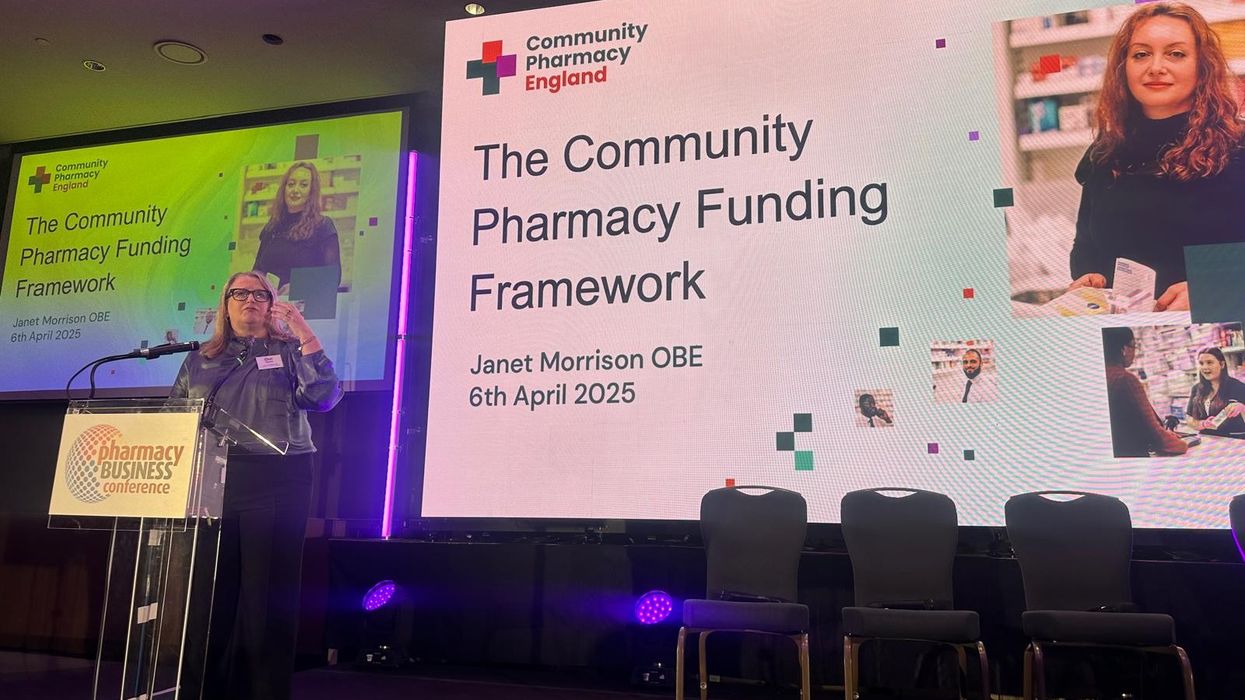Strong demand for Wegovy and Ozempic drives Novo Nordisk’s sales growth in 2024, though a slight slowdown is expected next year.
Novo Nordisk reported strong sales growth in 2024, driven primarily by GLP-1-based treatments for type 2 diabetes (Rybelsus, Ozempic, and Victoza) and weight loss drugs (Wegovy and Saxenda).
According to its annual financial report, the company’s global sales and operating profit grew by 26 per cent at constant exchange rates (CER), reaching 128.3 billion Danish kroner (£14.32 billion).
The company said that more than 45 million people living with serious chronic diseases are now “benefiting from our treatments.”
Sales of obesity care products, Wegovy and Saxenda, increased by 57 per cent at CER to 65,146 million Danish kroner (£6,270 million).
The company expanded its reach in obesity treatments significantly, increasing the number of patients from 1.1 million in 2023 to 2.2 million in 2024—a 100 per cent increase. This growth was primarily driven by the launch of Wegovy in more than 10 additional countries in 2024.
“As the obesity market continues to grow worldwide, so does the demand for Wegovy,” the company stated in its report, citing the rising prevalence of obesity, which has more than tripled over the past 50 years.
Wegovy (semaglutide injection) was launched in the UK market in September 2023. It is approved for use in the treatment of obesity and weight management, alongside diet, physical activity and behavioural support.
In July 2024, the Medicines and Healthcare products Regulatory Agency (MHRA) also approved its use to reduce the risk of serious heart problems and strokes in adults who are obese or overweight.
Novo Nordisk’s UK patent for Saxenda (liraglutide) expired in September 2024.
Diabetes treatments
The company’s diabetes care sales rose by 20 per cent at CER to 206,618 million Danish kroner (£23,076 million), driven by GLP-1-based therapies and insulin products.
Sales of GLP-1-based type 2 diabetes therapy (Rybelsus, Ozempic and Victoza) grew by 22 per cent at CER to 149.1 million Danish kroner (£16.66 million).
Novo Nordisk maintained its global diabetes value market share at 33.7 per cent over the past year.
Demand for Ozempic remained strong throughout 2024, securing its position as the world’s top-selling diabetes medication.
Administered as a once-weekly injection for type 2 diabetes treatment, Ozempic has proven efficacy in blood sugar control, weight reduction, and broader cardiometabolic benefits. It was first made available to be prescribed in the UK in January 2019.
“Our strategic aspiration to secure a value market share of at least one-third by 2025 has already been achieved, and the continued uptake of Ozempic across launch markets has enabled us to maintain a value market share of 33.7 per cent in 2024,” the company stated.
Slow growth expected this year
This year, Novo Nordisk expects sales growth of 16-24 per cent at CER and operating profit growth of 19-27 per cent at CER.
“In 2025, we will continue our focus on commercial execution, on the progression of our early and late-stage R&D pipeline and on the expansion of our production capacity,” said Lars Fruergaard Jørgensen, president and CEO of Novo Nordisk.
Upcoming obesity treatments
Novo Nordisk is actively developing two new obesity treatments, CagriSema and amycretin.
CagriSema, now in Phase 3 development, is a once-weekly combination therapy, containing an amylin analogue (cagrilintide) and a GLP-1 receptor agonist (semaglutide), for obesity and type 2 diabetes treatment.
Meanwhile, amycretin, a novel unimolecular GLP-1 and amylin receptor agonist, has successfully completed a Phase 1b/2a trial in overweight and obese individuals.
Additionally, Novo Nordisk completed two Phase 3b obesity trials with semaglutide 7.2 mg in 2024.
Expansion of manufacturing capabilities
The company continued expanding its manufacturing capabilities in 2024, with capital expenditure and acquisitions exceeding129 billion Danish kroner (£14.4 billion).
These include the acquisition of the three Catalent sites and significant expansions of their existing production facilities in Denmark, France, Brazil, China and the US.



















